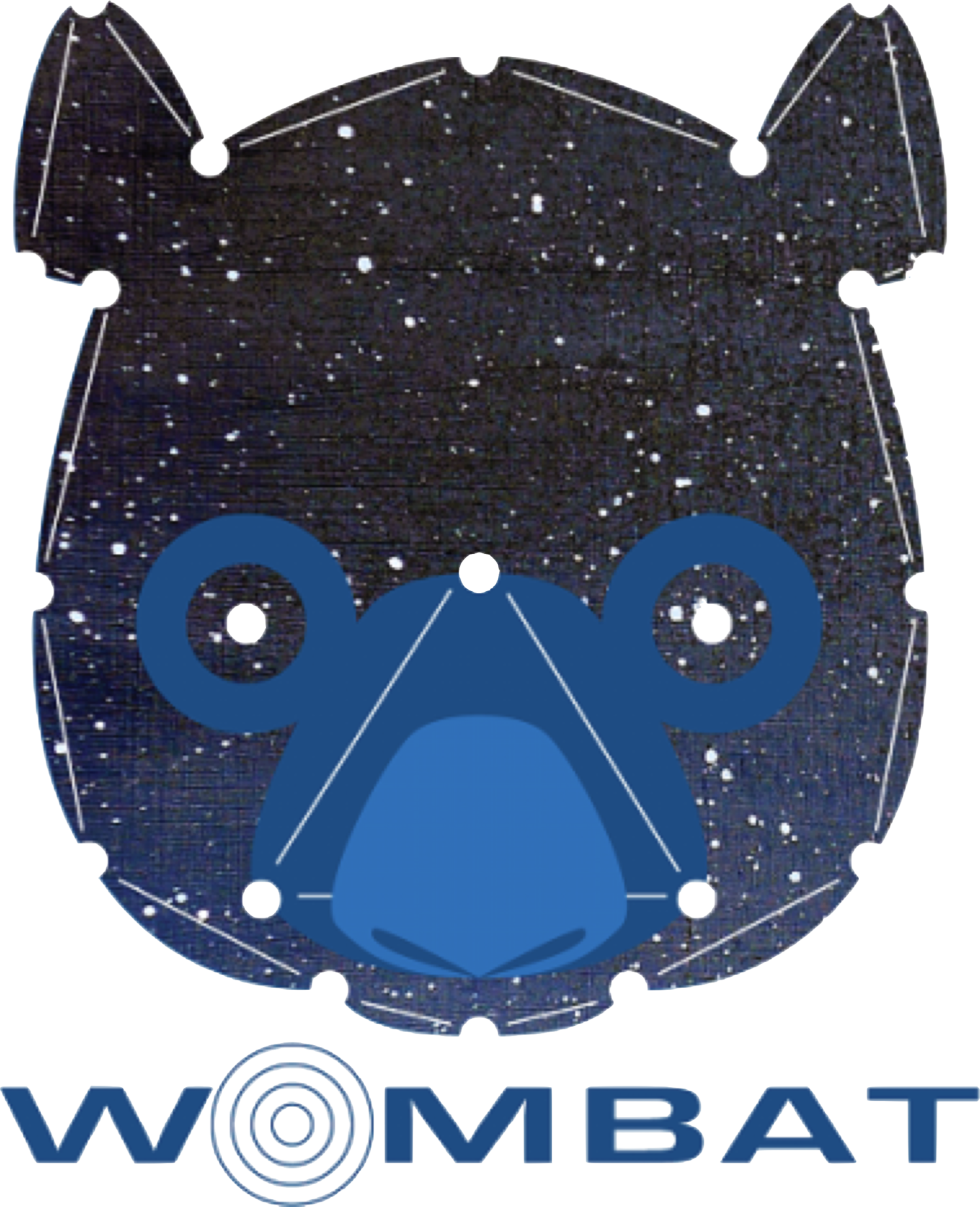by Julius Donnert
In merging galaxy clusters, turbulence is injected by fluid instabilities. Resolving these instabilities is crucial for getting turbulence, magnetic field amplification and radio haloes right in simulations.
Eulerian codes are subject to velocity dependent truncation errors, which means their errors become more severe in flows with bulk velocity relative to the grid. In cosmology there is per definition no ideal coordinate system to simulate from, no "Lab frame". Thus all simulations will result in large fluid motions relative to the grid. This issue has led to the development of better Lagrangian codes that minimize this error (e.g. Springel 2010).
Another way to beat down the error in Eulerian codes, is to improve the convergence well beyond the point where all important motions are resolved. This has the advantage of more accurately following turbulence and magnetic field amplification than many Lagrangian code and this is what we are attempting with the new WENO5 solver. The 2d version of the solver is running for a few weeks now. We can directly compare its performance to our older solver, Pete's 2nd order TVD scheme from Mendygral et al 2017.
In the video above, we compare a KH instability test with the new WENO5 solver (top) to the second order TVD solver (bottom). We seeded fluctuations on the shear layer that are very small in amplitude and frequency, roughly 8 cells wide. Nonetheless, these fluctuations are well resolved by the WENO solver and grow as expected. In contrast, the TVD solver grows the fluctuations too slowly and diffuses much of the motion into heat. Notice also the low level fluctuations in the "smooth" flow away from the shearing layer. They are absent in the TVD version.
This test mimics the effect of seeding turbulence in cosmological simulations with large bulk velocities relative to the grid. The increased truncation error from the bulk flow suppresses the growth of the instability and suppresses the magnetic dynamo. No cosmological simulation above 2nd order has been attempted so far (state-of-the-art: Miniati 2016, Vazza et al. 2018), and we believe this is why Eulerian codes have been struggling to reproduce the cosmic magnetic dynamo.
